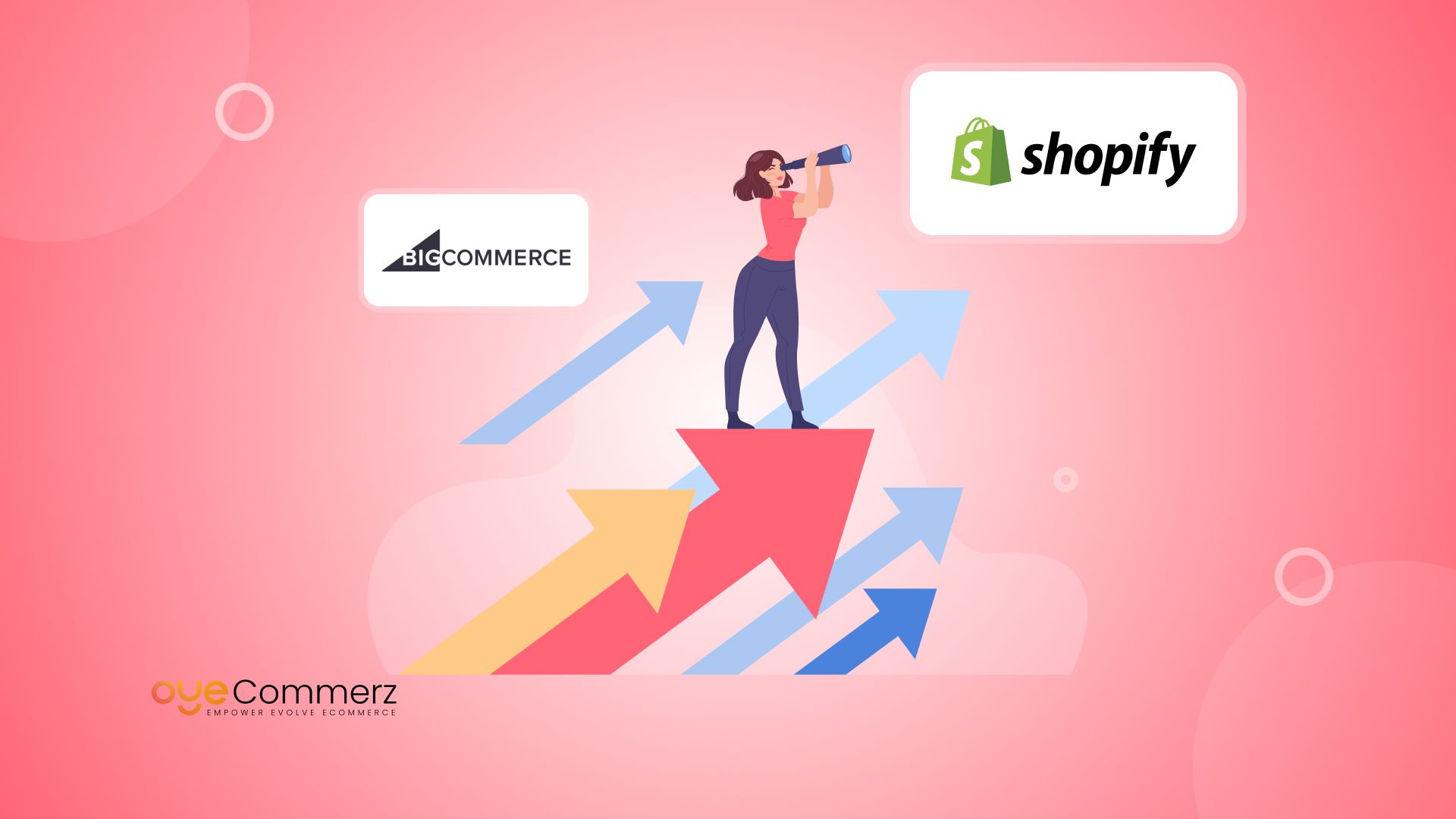Transitioning from WordPress to Shopify marks an promising step in optimizing your e-commerce operations. As businesses expand, choosing a solution that aligns with growth potential, user experience, and flexibility becomes crucial. Shopify is widely recognized as a favorite for e-commerce professionals, offering superior flexibility, security, and user-friendliness. In this guide, we will delve into the transformative impact of this migration, discuss the advantages, and provide practical tips to facilitate a seamless move.
1. Why Switch from WordPress to Shopify?
WordPress, paired with WooCommerce, has served countless e-commerce platforms. However, as businesses expand, issues like plugin dependency, security vulnerabilities, and complex setups can hinder progress. Shopify, designed explicitly for digital retail, eliminates these concerns with an all-in-one, user-friendly solution. Statistics back this transition—Shopify powers over 4.4 million websites worldwide, with a reported 10% increase in sales conversion rates for many businesses post-switch.
2. Key Benefits of Shopify for E-commerce Success
Shopify’s robust ecosystem caters for expanding businesses. Its standout features are:
- Effortless Design Flexibility: Shopify provides over 80 professionally designed themes.
- Integrated Tools: Features like Shopify Payments and built-in SEO save time and effort.
- Global Reach: Multi-currency support and regional customization empower businesses to expand internationally.
Additionally, Shopify delivers an availability percentage of 99.98%, ensuring your store remains accessible.
3. Preparing for WP to Shopify Migration
Prior to starting the migration process, assess your existing setup. Review inventory details, client information, and SEO performance. Tools like Shopify’s Migration Kit or external tools can simplify this process. Create a comprehensive plan, making sure all resources—product descriptions, images, and blog content—are optimized for transfer.
4. Data Migration: A Critical Step
Transferring your data is a cornerstone of a successful transition. When moving from WordPress to Shopify, prioritize:
- Product Information: SKU, item summaries, and groupings.
- Client Information: Emails, order history, and preferences.
- SEO Optimization: Preserve meta tags, URLs, and redirects to avoid SEO losses.
Leverage tools such as LitExtension to facilitate seamless migration while minimizing errors.
5. Customizing Your Shopify Store
Post-migration, personalizing your Shopify store ensures it aligns with your brand. Utilize Shopify’s drag-and-drop editor to create layouts with ease. Shopify's templates are mobile-responsive, ensuring a smooth user experience across devices—a key point, since 74% of online shopping comes from mobile users.
6. Maintaining SEO During Migration
SEO is vital for preserving your online presence during migration. Shopify API integration Shopify excels in SEO with clean URL structures, preloaded features, and smooth content management. Make sure you:
- Set up URL forwarding for old URLs.
- Optimize new pages with keyword-rich content.
- Use Shopify's apps Plug in SEO to track analytics post-migration.
7. Essential Tests After Migrating to Shopify
Once the migration is complete, run detailed checks.
Check: - Page load times (Shopify boasts faster speeds in contrast with WP).
- Functionality of payment gateways and transaction flow.
- Mobile responsiveness.
Testing ensures your store delivers a seamless shopping journey from day one.
8. Case Study of a Successful Migration
One such migration success story is Gymshark, a sportswear company that transitioned to Shopify. After the switch, the company saw a 60% increase in mobile sales and reduced site downtime. This showcases the capabilities of Shopify in driving e-commerce growth.
9. Overcoming Common Migration Issues
Migration comes with challenges, such as data integrity and reconfiguring custom functionalities. However, Shopify’s extensive assistance and third-party experts simplify the process. Collaborating with qualified Shopify developers ensures a smooth transition.
10. Starting Your Journey with Shopify
Switching from WP to Shopify marks a forward-thinking approach to online retail. By addressing scalability, simplifying management, and enhancing the WordPress migration to Shopify customer experience, Shopify enables companies to thrive in competitive markets.
Conclusion
Switching from WP to Shopify is a strategic move that can significantly boost your e-commerce success. With a well-structured strategy, the appropriate resources, and professional guidance, you can achieve new success milestones.
Excited to start the journey? Reach out today to learn how our Shopify migration services can revolutionize your online store. Get in touch today, or consider: Can your business afford to miss out on Shopify’s growth potential?

 Ralph Macchio Then & Now!
Ralph Macchio Then & Now! Scott Baio Then & Now!
Scott Baio Then & Now! Shaun Weiss Then & Now!
Shaun Weiss Then & Now! Katie Holmes Then & Now!
Katie Holmes Then & Now! Bernadette Peters Then & Now!
Bernadette Peters Then & Now!